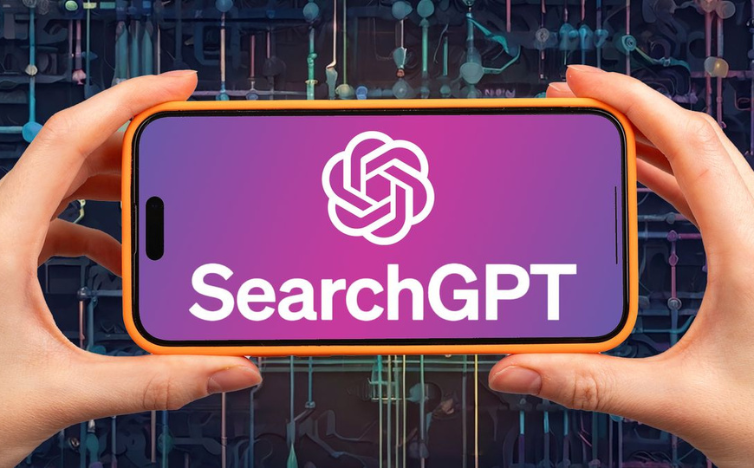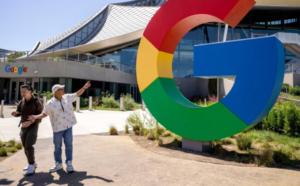OpenAI has introduced SearchGPT, its new AI-powered search engine, to the market. Unlike traditional search engines that provide a list of links, SearchGPT organizes and summarizes the information it finds.
When you use SearchGPT, you start with a large textbox asking, “What are you looking for?” For example, if you search for music festivals, it will summarize the events and provide short descriptions with links. If you ask about planting tomatoes, it will give advice on planting times and types of tomatoes.
SearchGPT allows you to ask follow-up questions and explore related links through a sidebar. There’s also a feature called “visual answers,” though details about it are still unclear.
Currently, SearchGPT is a prototype and will be available to only 10,000 test users at launch. It’s powered by the GPT-4 models, and OpenAI is collaborating with third-party partners for content. The aim is to eventually integrate these search features into ChatGPT.
This move challenges Google, which has been adding AI features to its search engine to stay competitive. It also competes with the startup Perplexity, known for its AI “answer” engine.
OpenAI has worked with news partners like The Wall Street Journal and The Associated Press to develop SearchGPT. These partners have provided feedback, and publishers can manage how their content appears in the search engine. They can opt out of having their content used to train OpenAI’s models and still be included in search results.
OpenAI emphasizes that SearchGPT cites and links to sources clearly, helping users connect with publishers directly.
Source: theverge




